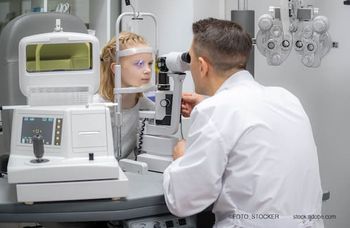
|Videos|May 5, 2022
Study: Accurate refractive predictions remain difficult in patients with keratoconus
Author(s)Michael Heath

Newer generation formulas generally outperformed older generation formulas, with SRK/T performing the best of older formulas, especially when using TK values.
Advertisement
Presented by Michael Heath, the study, “Comparison of Keratometry vs. Total Keratometry with Multivariable IOL Formulas Keratoconic Eyes," showed that accurate refractive predictions remain difficult in patients with keratoconus, and if TK is available, surgeons should use it in patients with keratoconus regardless of formula.
Purpose:
- Biometry is difficult in eyes with keratoconus
- Assumptions made about the posterior cornea don’t hold true in keratoconus
- TK may provide better predictions in eyes with keratoconus due to direct measurements of the anterior and posterior corneal surface
Discussion:
- Barrett KCN-measured performed the best, with Barrett KCN-predicted performing second best
- Kane KCN-predicted K was not statistically worse than Barrett KCN (measured and predicted)
- The TK version of every formula outperformed the respective K version
- Newer generation formulas generally outperformed older generation formulas, with SRK/T performing the best of older formulas, especially when using TK values
Conclusion:
- Accurate refractive predictions remain difficult in patients with keratoconus
- If TK is available, surgeons should use it in patients with keratoconus regardless of formula
- KCN-specific formulas (Kane KCN and Barrett KCN, both measured and predicted) should be used whenever possible
Newsletter
Don’t miss out—get Ophthalmology Times updates on the latest clinical advancements and expert interviews, straight to your inbox.
Advertisement
Latest CME
Advertisement
Advertisement
Trending on Ophthalmology Times - Clinical Insights for Eye Specialists
1
Pediatric and strabismus care: Evolving tools, emerging therapies
2
Transformative advances in vision research: It’s the science
3
Eli Lilly to acquire Adverum Biotechnologies
4
SparingVision doses first patient in NYRVANA clinical trial of SPVN20 for retinitis pigmentosa
5




















































.png)


